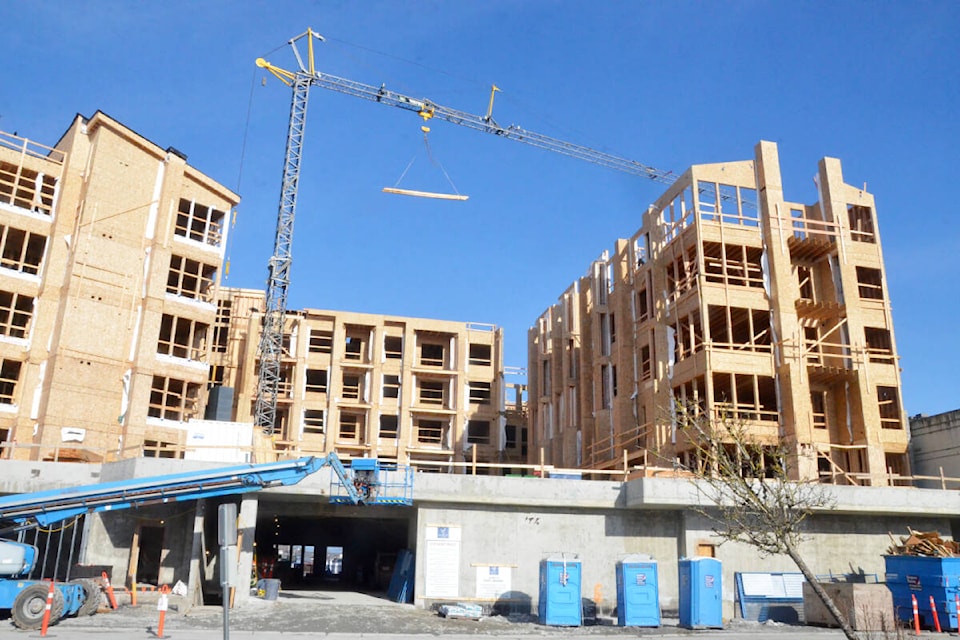Census data shows that Langley has more potentially empty homes than it did five years ago, even as the number of people per occupied dwelling increased.
Census Canada’s surveys distinguish between all homes in a city, and those that are “occupied by the usual residents.”
In Langley Township in 2021, there were 49,011 total dwellings, from condos to houses to mobile homes, but 46,928 of them were considered occupied full time, leaving 2,083 remaining.
In Langley there were 13,271 total dwellings, and 12,598 of them were occupied full time, with leaving 673.
That means that 4.2 per cent of homes in the Township were not occupied during the 2021 census, and a full five per cent in Langley City were potentially unoccupied
Those numbers are both up from the 2016 Census, when 3.9 per cent of Township homes were unoccupied, and 3.4 per cent in the City.
For comparison, Vancouver, which some housing advocates have long said has a serious issue with vacant homes bought by property speculators, has seven per cent of homes outside the “occupied” category according to this year’s Census numbers.
However, not every home that is not “occupied by the usual residents” is empty, cautioned Andy Yan, director of SFU’s city program.
“This category is a sausage, meaning there’s a whole bunch of things mixed into it,” said Yan, who has been studying issues of vacant homes for 15 years in Metro Vancouver.
The units could be empty, whether they are vacant rental units or houses being held by speculators.
In Oct. 2020, the CMHC found that Langley had a 1.9 per cent rental vacancy rate.
But those homes can also be dormitory housing occupied by temporary foreign workers, or overseas students attending local universities, like Trinity Western. This category also includes houses that are slated for demolition, but not yet boarded up, or homes being used full-time as AirBnB rentals.
“The measure itself is not a measure of purely empty units,” Yan said.
He noted that the rate is something that should be monitored, and it has implications for local housing policy. Langley Township recently updated its Housing Action Plan, aiming at creating more density in existing neighbourhoods, and more family-sized homes, even in condo projects.
READ MORE: Langley Township housing plan aimed at tackling cost of housing, homelessness
While the number of potentially empty homes in Langley rose over the last five years, the number of people per home also went up, signalling a demographic shift in the community.
The historical trend across Canada has been towards more people living on their own, which has driven the ratio of people per house down. In the last census in 2016, it was about 2.4 per home across the country.
In Langley Township in 2021, the rate was 2.825, counting only occupied dwellings. That was up from 2.7 in 2016.
In Langley City, which has a significant population of seniors living alone, the number of people per household was 2.29 in 2021. That was also up, from 2.18 in 2016.
Vancouver, meanwhile, saw its rate of people per home drop, from 2.22 in 2016, to 2.16 in the 2021 Census.
Yan said this is likely the result of more families moving out to Langley over the last few years, seeking relatively affordable homes and space for kids.
In 2021, enrolment in the Langley School District rose by a record 917 students, the equivalent of three new elementary schools.
It was part of the rapid growth of Langley Township, which saw its overall population go up by 13.1 per cent, and Langley City, which was up by 11.9 per cent over the last five years.
Have a story tip? Email: matthew.claxton@langleyadvancetimes.com
Like us on Facebook and follow us on Twitter.
